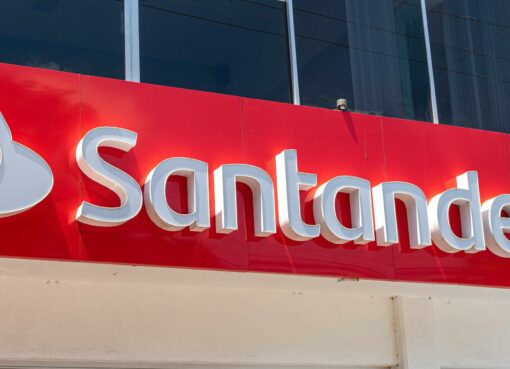In a tumultuous turn of events, the cryptocurrency market saw a significant correction as Bitcoin (BTC) plummeted below the $67,000 mark, hitting a low of $62,460. At present, bullish sentiment is waning, with bears eyeing the $62,000 support level, potentially pushing Bitcoin below the $60,000 threshold.
Altcoins bore the brunt of the downturn, experiencing declines ranging from 20% to 40% from recent highs. Investors scrambled to secure profits amidst the market turbulence, awaiting a stabilization period.
Data from Coinglass reveals that long positions suffered the most during this pullback. The relentless ascent of Bitcoin over the past few weeks led many traders to believe in a one-way trajectory, only to be met with a significant correction.
Monday witnessed negative flows into spot Bitcoin exchange-traded funds (ETFs) for the first time since March 1, primarily due to a staggering $642.5 million outflow from Grayscale’s GBTC, marking its largest single-day outflow on record.
According to Farside data, GBTC has witnessed total outflows surpassing $12.4 billion, while BlackRocks IBIT recorded inflows reaching $12.96 billion. Combined, these ETFs have seen a net flow of $12 billion, currently holding 836.6k BTC valued at approximately $53.1 billion.
Despite skepticism from some quarters regarding the current bull cycle’s longevity, the looming halving, still over 30 days away, suggests otherwise. Historical trends indicate that peak cycles typically occur six to nine months post-halving.
While ETF inflows have been notable, many investment advisors have yet to advocate for Bitcoin allocations to their clients. Grant Engelbart, Vice President and Investment Strategist for Carson Group, notes that only a few advisors have allocated to Bitcoin ETFs, with an average allocation of 3.5%.
Analysts anticipate the halving to serve as the next significant catalyst for Bitcoin and the broader crypto market, foreseeing sideways price movements until then.
Henry Robinson, Co-founder and Head of Crypto at Decimal Digital Currency emphasizes Bitcoin’s evolving role as a vital institutional asset, driven by substantial weekly net inflows into new Bitcoin ETFs. He predicts further price surges in 2024, attributing them to reduced monthly BTC supply post-halving.
Robinson views the recent correction as an opportunity for leveraged traders to reassess their positions, cautioning against overconfidence amid bullish sentiments. He underscores the growing sophistication and liquidity in the BTC market, thanks to ETFs, which are also educating traditional asset managers about Bitcoin’s potential.
As the market navigates through accumulation phases and price adjustments, Rekt Capital, a market analyst, advises newcomers to brace themselves for the volatility inherent in cryptocurrency bull markets.
Featured Image: Freepik @ produtizebro




